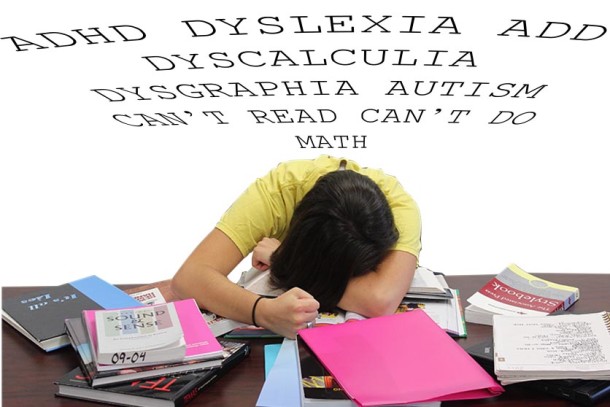These are the guidelines for constructing Alternative Assessment. This is taken from the article from Brigham Young University .
Friday, May 2, 2014
Thursday, May 1, 2014
Alternative Assessments for students with learning disabilities

photo is taken from www.jcpatriot.com
Reading Alternative assessment for students with disabilities in general
Runyan (1991) mentioned that students with learning disabilities scores are different greatly with students without learning disabilities under timed conditions for reading comprehension activities. Nonetheless, the scores were found not to be dissimilar that much between those groups when they were given extra time (as cited in www.kennesaw.edu, 2009).
Alternative assessments for students with disabilities need to be given additional time to be completed. The followings are examples of additional time allowences suggested by Hartley (1993) :
Considering Alternative Assessments for
Dyslexic university students
Writing difficulties
Dyslexics find that long pieces of written work
are hard to organise and structure. They have problems with expression,
grammar, sentence structure, spelling, punctuation, sequencing and getting
started. The struggles they have with
expressing their ideas can often result in assignments showing
Writing simple sentences can often be hampered by
the problems the dyslexic has with basic spelling and grammar. Dyslexics
spend a long time trying to get the spelling right and so have a tendency to
use the words they feel they can spell, rather than the vocabulary they know.
They can also have a tendency to add or omit words, or modify the meaning of
words or sentences by imposing their own idiosyncratic spelling pattern.
The complexity of difficulties experienced by the
dyslexic in dealing with the printed word makes the writing of essays and
other academic tasks longer to complete than the average student.
Despite spending a long time on written coursework, and checking and
re-checking the content, the discrepancy between what the dyslexic student
intended to write and what they actually wrote only comes to light when their
work is examined by a third party. The dyslexic student's experience with written work can
often be a source of frustration for them. This frustration can often result
in de-motivation and diminished confidence in their ability to manage and
succeed.
Therefore, teachers
need to really be creative and patient in assigning alternative assessments
to the Dyslexic students.
( Edinburgh Napier University, n.d)
|
# More information on how to review Dyslexic students' work and forms of alternative assessments suitable for them, click here.
Using Web 2.0 Tools for Alternative Assessment of ESL Students
Some of the Web 2.0 tools can serve as alternative assessment tools for student learning.
The overall idea of how Web 2.0 tools can serve as alternative assessment for the students
Examples of some popular Web 2.0 tools which can be used for the alternative assessments.
GLOGSTER

Picture is taken from msconneally.wordpress.com
An interactive glogs can be used for book reports, math, science, social studies, language arts, poetry, and public service announcements.
Students can upload podcasts that they create to their glogs.
The site also handles video uploads.
Final glogs can be hosted on Glogster or teachers can embed them into a blog, wiki or other web site.
By sharing their glogs with class members and family, students communicate with an authentic audience.
Tutorial for producing a glog
WEBDOC
It is a digital scrapbook or rich multimedia blog platform.
Example of a webdoc
# More and more examples of other Web 2.0 tools which can be used as the alternative assessments can be referred to this site.
Source: http://www.web2teachingtools.com/alternative_assessment.html
Subscribe to:
Posts (Atom)

